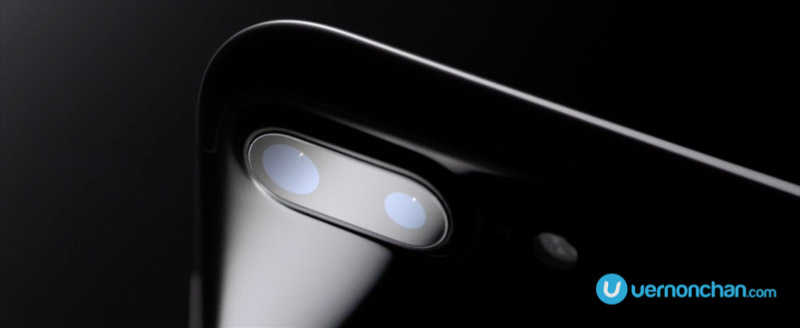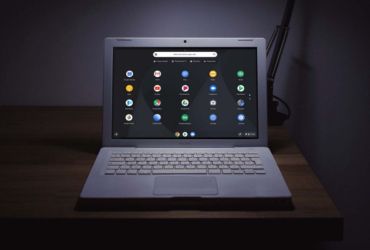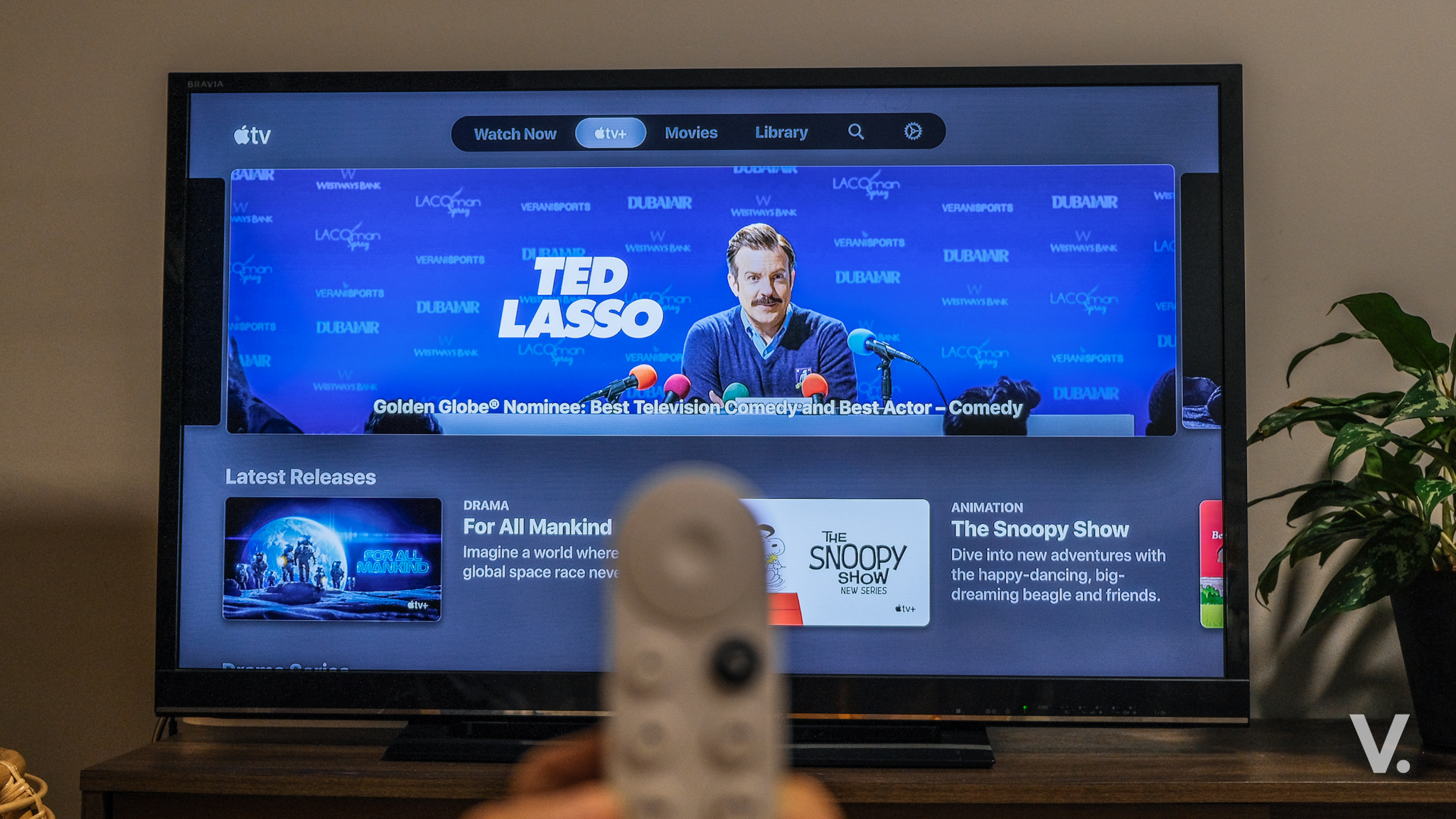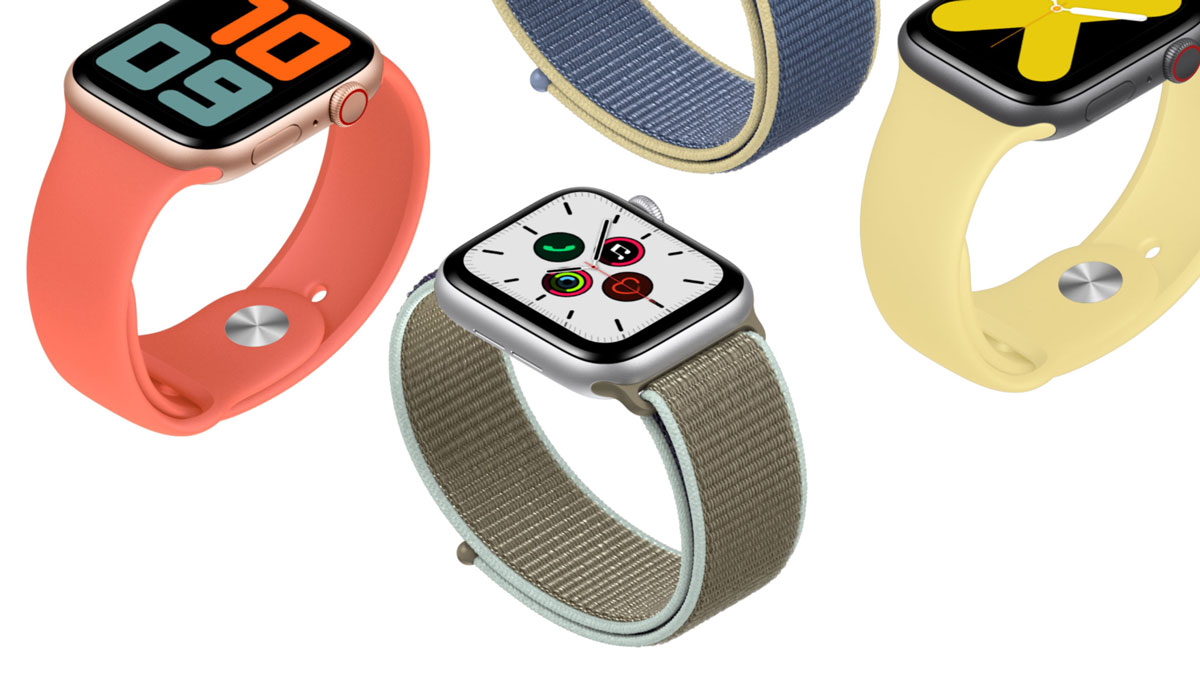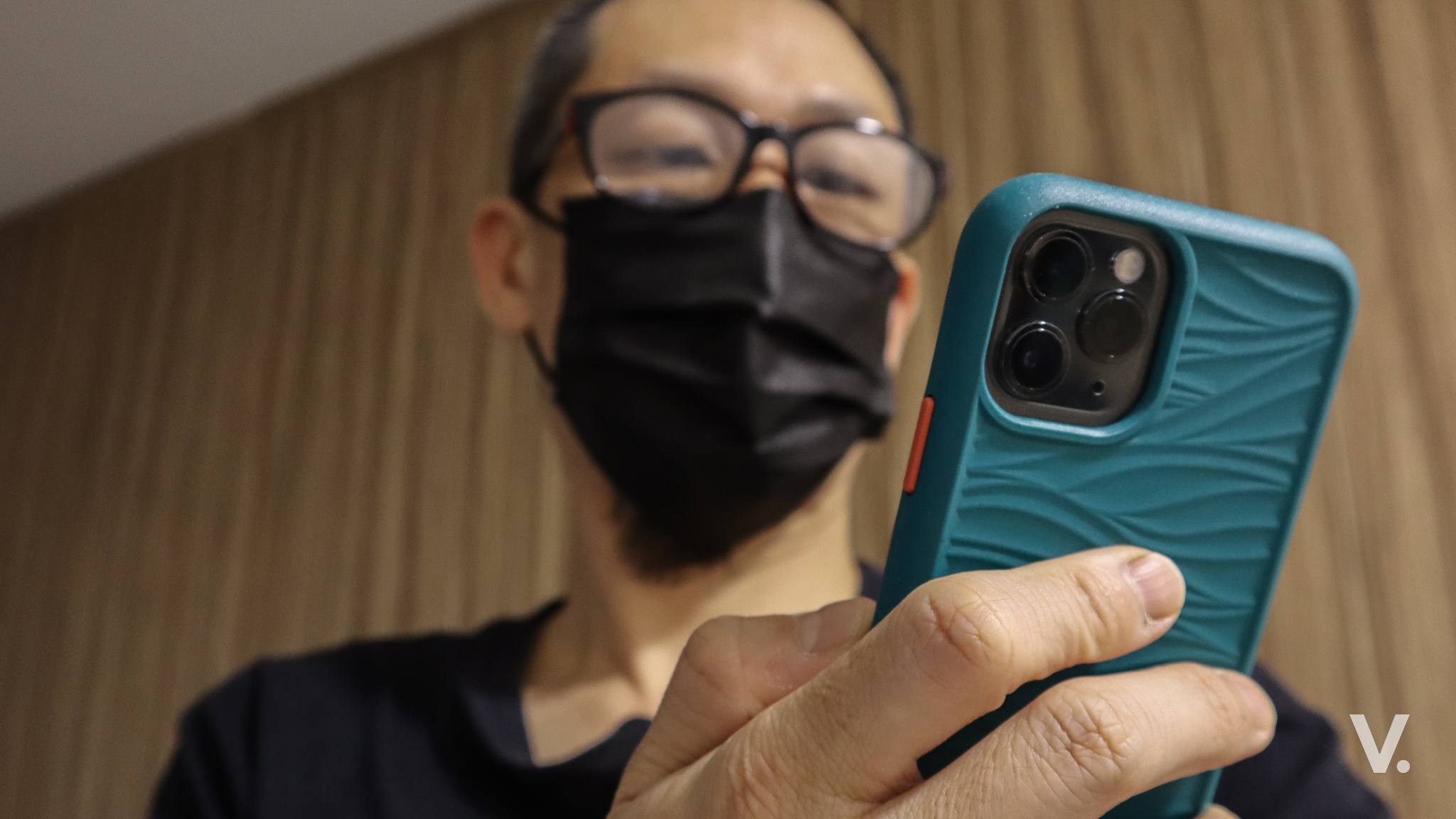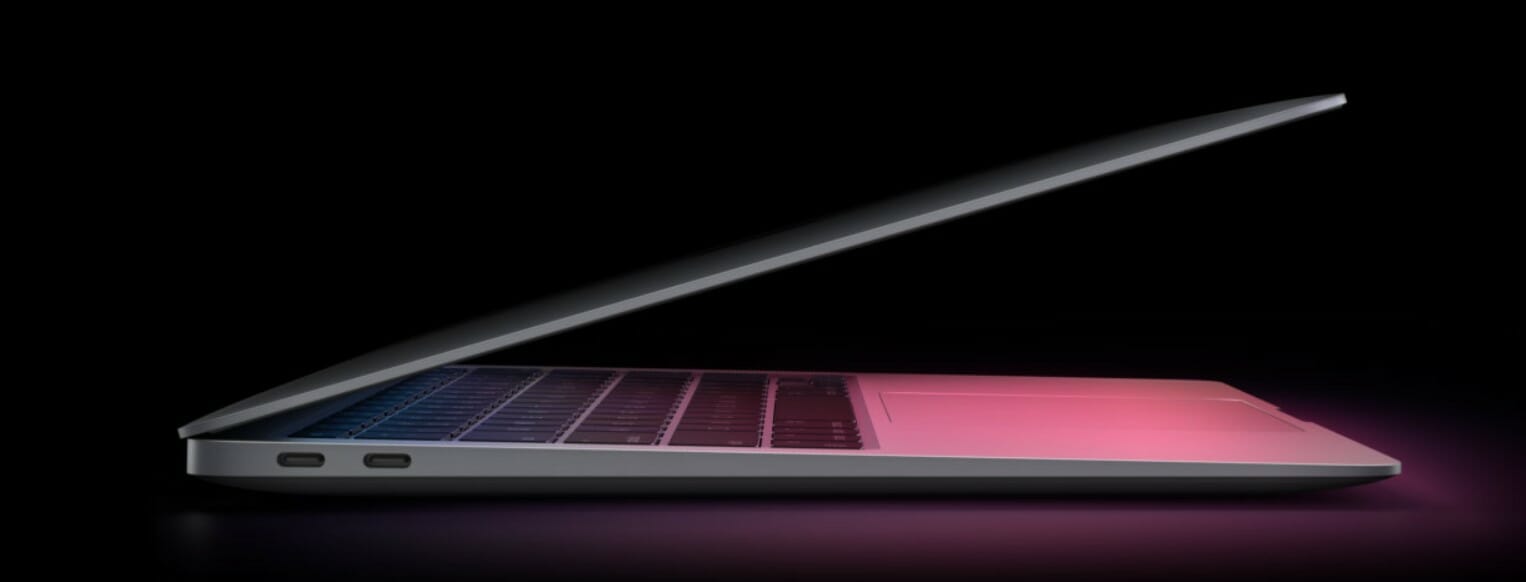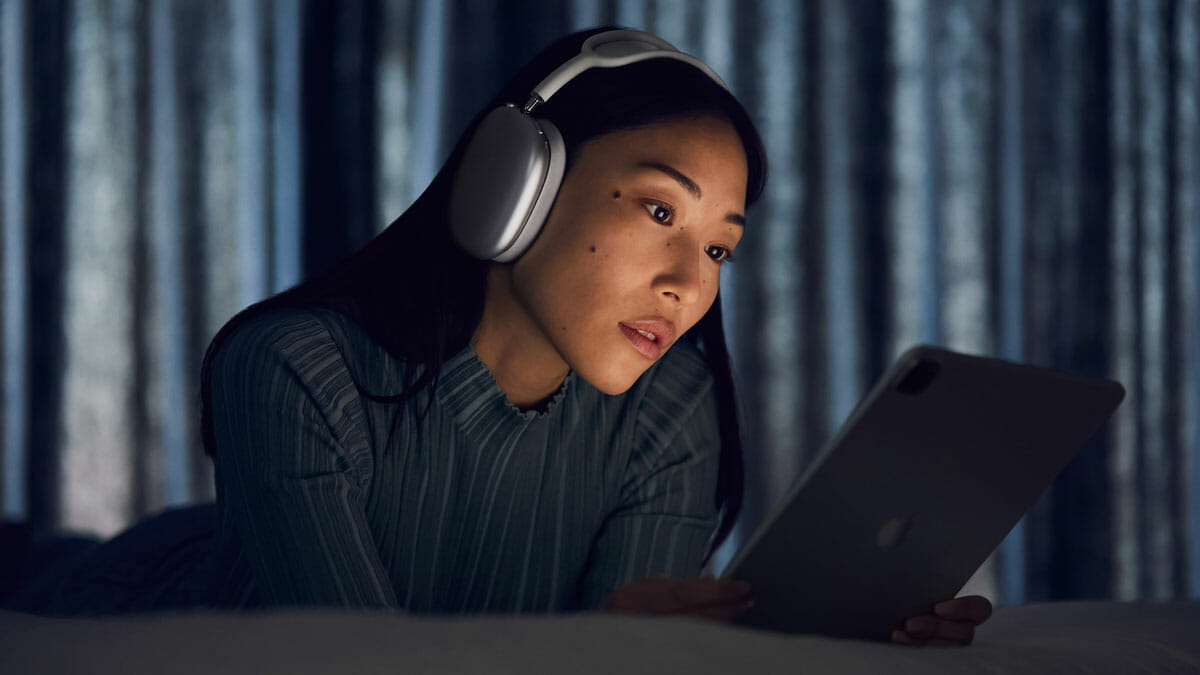Apple has officially unwrapped the latest iPhone – the iPhone 7 and iPhone 7 Plus. Featuring a new seamless design, the new generation iPhone gets beefed up internals including a brand new A10 Fusion chip, bigger storage, 12MP f/1.8 main shooter (dual-camera on the iPhone 7 Plus), dust- and water-resistance. Pre-orders start this Friday, 9 September and the phone will go on sale from 16 September in 28 countries including the US, UK, Singapore, Australia and New Zealand.
The iPhone 7 sports a delicious new design with a fusion of glass and metal. There’s a new high gloss finish which Apple calls Jet Black, in addition to a new colour simply called Black. The usual suspects are still available – Gold, Silver and Rose Gold. The unibody metal exterior is seamless, with the antennae now invisible.
One of the biggest changes is with the Home button which is now solid-state and force-sensitive. It is no longer a physical, clickable button like before. The re-engineered button of course integrates a fast fingerprint scanner for quick unlocks and authentication.
For the first time ever, Apple has added dust- and water-resistance to the iPhone, rated IP67. Take that, water.
The iPhone, and especially the iPhone 6S and 6S Plus have garnered critical acclaim for their excellent cameras. With the iPhone 7, things get even better. A new 12MP rear shooter with a 6-element f/1.8 lens is coupled with a new Apple-design Image Signal Processor (ISP). The camera also features OIS (both iPhone 7 and iPhone 7 Plus) and a new quad-LED True Tone Flash.
The front selfie camera is now a 7MP FaceTime HD camera with a wide colour gamut and comes with auto stabilisation.
On the iPhone 7 Plus, things get a little more interesting. Like the LG G5 and Huawei P9, the iPhone 7 Plus rocks a dual-camera setup. Apple has taken the LG G5 route though, with the dual-camera sporting identical 12MP sensors, but different lenses. One is a conventional wide-angle lens, while other is a telephoto lens (56mm) that gives you 2x optical zoom. Through software optimisation, you can get up to 10x zoom.
Apple also introduced a new Portrait mode that delivers incredible blurred backgrounds (bokeh effect) and delivers real-time deep depth preview. This will be available as a software update, available later this year.
Next up is the Retina HD display. Not too big a change here as Apple is sticking to similar hardware as the previous generation. However, it claims it is 25% brighter, and features the same wide colour gamut, cinema standard, colour managed display with a 3D touch layer.
In terms of audio, for the first time, the iPhone gets stereo speakers – one on the top, and the other on the bottom of the device. The speakers are claimed to be 2x louder, with better dynamic range.
One glaring omission from the new iPhone is the conventional 3.5mm headphone jack. The iPhone 7 delivers audio via the multi-purpose Lightning Port. With the omission, Apple is bundling new Lightning EarPods as well as a Lightning to mini phono jack adapter together with the new phone.
The Cupertino tech giant is also jumping into wireless audio in a big way with new Apple AirPods, a pair of intriguingly looking wireless in-ear headphones, reminiscent of Samsung’s iconX. They are touch-sensitive, integrate dual-accelerometers, infra-red sensors and a new Apple-designed W1 chip. It boasts a 5-hour battery life and comes with a charge-cum-carrying case. The cool thing about this case is that you just need to open it to pair with your iPhone or Apple Watch. To charge your AirPods, just plug a Lightning cable into the case.
Apple mentioned briefly about Apple Pay and that it will be officially available in Japan, come October. As Japan uses a different implementation of NFC, called Felica, the new iPhone 7 and Apple Watch Series 2 heading to Japan will come with Felica built-in.
Finally, in terms of performance, new Apple-designed A10 Fusion chip powers the new iPhone. The quad-core A10 Fusion is claimed to be the most powerful mobile processor in a smartphone today. It runs a big.LITTLE set-up with a dual-high efficiency (1/5 of power) core for more mundane tasks. To manage the new A10 Fusion chip, there’s also a new Apple-designed performance controller. Performance is 40% more powerful than the A9. A new GPU also makes a debut, which is 50% faster than the A9.
Pricing and availability
Apple is dropping the 16GB storage from its lineup, with 32GB being the base model, up to 256GB. Apple is retaining a similar pricing structure as previous generation iPhones. Here’s the full line-up with pricing:
- iPhone 7 32GB – US$649/MYR2,626
- iPhone 7 128GB – US$749/MYR3,031
- iPhone 7 256GB – US$849/MYR3,436
- iPhone 7 Plus 32GB – US$769/MYR3,112
- iPhone 7 Plus 128GB – US$869/MYR3,516
- iPhone 7 Plus 256GB – US$969/MYR3,921
The iPhone 6s and iPhone 6s Plus remain in the line-up, and the good news is that Apple is doubling up storage to match the iPhone 7 – 32GB and 128GB.
The iPhone SE also keeps its place in the iPhone line-up, in 16GB and 64GB guise.
Pre-orders start on 9 September, and orders will ship from 16 September 2016.
For more information, visit www.apple.com/iphone-7/
https://youtu.be/Q6dsRpVyyWs


